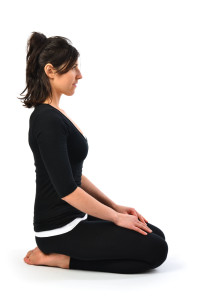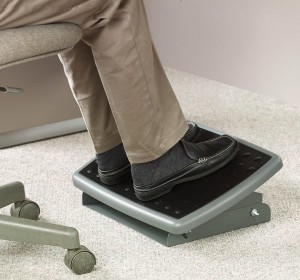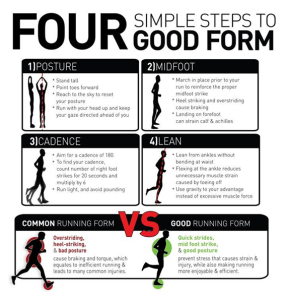Sit Differently After Meals

It does not matter how much one eats but how much one can digest. The digestive
system is the fulcrum of all human systems. To strengthen it is to strengthen the entire
human organism. Normally, people start working immediately after taking meals. For
proper digestion, blood should flow properly towards the digestive system. For this one
needs to learn the Thunderbolt pose.
Benefits:
The Thunderbolt pose improves digestive efficiency by reducing the blood flow towards
the lower pelvic region and increasing it towards the stomach. The chances of acidity
and flatulence decrease. Besides, it strengthens muscles of the back and the neck.
Technique:
Keep the lower legs together and sit on heels, so that the thighs rest on calf
muscle and the buttock rests on heels. Back and neck should be kept straight.
Maintain the posture for at least 5-10 minutes.
In case of discomfort in legs or feet, undo the posture and stretch your legs.
Warning: Not to be performed by those who have knee problems or who have
undergone knee surgery.
Smriti Kaushal, physiotherapist









